A miter saw is a powerful, precise saw that enables accurate angled cuts. Joiners and home DIYers use them when cutting 90° angles, which are the most common.
Some models have a sliding scale that allows for 1° increments, and most modern miter saws have stops at 15° intervals.
Whether you’re creating the frame for new decking or building your own wooden picture frames, the drop saw offers quick and reliable miter cuts. Choosing the right type of miter saw will enable the type and accuracy of the cut you need, so which variety is best for the job at hand?
Here are the different types of miter saws:
1. Standard Miter Saw
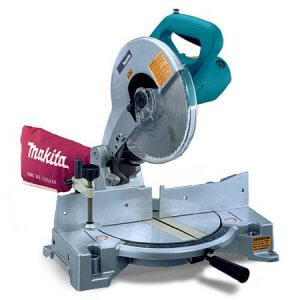
This is the least expensive and simplest to operate of all the miter saws. It has a low entry cost and is suitable if you only require basic cuts. The standard model is also the lightest of the corded options, which makes it the best choice if you require portability and mobility.
2. Cordless Miter Saw
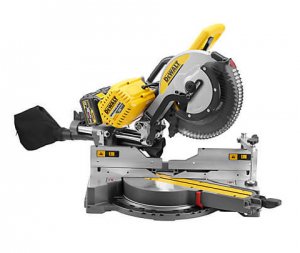
The cordless saw is the most portable and is suitable if you work at multiple locations or if you do not have easy access to a power outlet. It is possible to buy sliding and compound cordless saws, enabling a wider range of cuts while still benefiting from cordless functionality.
3. Sliding Miter Saw
With a sliding saw, the blade arm is not fixed in a single position. You can move the arm back and forth, as well as up and down, which enables a deeper cut and allows the cutting of wider boards and greater flexibility.
When using the arm, you move the head forward, pull the blade down to make the initial cut into the wood and then push it back through the lumber. This motion ensures safety, or, alternatively, you can lock the rails to achieve a basic miter cut.
Sliding saws are also combined with a compound miter saw to produce what is called a “sliding compound miter saw”. These have become the go-to miter saw as they are able to make all angled cuts. They do come at a premium though.
4. Compound Miter Saw
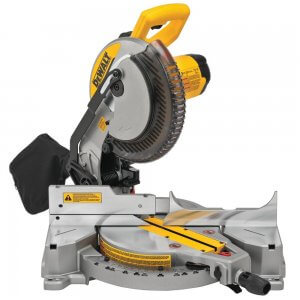
A miter cut is a cut along the length of the width of the wood and assumes a straight 90° cut. A bevel cut is one at an angle other than 90°.
You can use this type of cut to improve the aesthetic finish. They are especially common as a means of hiding the join between two pieces of wood.
There are two types of compound saw available:
- A single compound miter saw has a blade that tilts in a single direction.
- A double compound saw, or double bevel miter saw, can be tilted in either direction.
This type of saw can also include a sliding head, usually referred to as a sliding compound miter saw.
Choosing The Right Type Of Miter Saw For Your Project
Whether you are a professional carpenter or avid DIYer, the miter saw is a powerful saw with multiple functions.
Standard models are ideal for functional use cutting lengths of board, while a sliding saw allows for the cutting of wider lumber.
Compound saws enable beveled cuts, which are ideal for decorative finishes and for creating a larger bonding surface.
Cordless models, which are available for all types of saw, allow for the ultimate combination of portability and functionality.
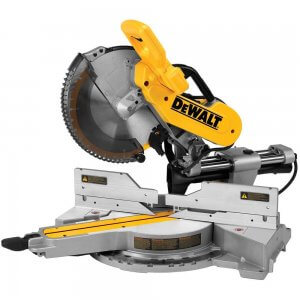
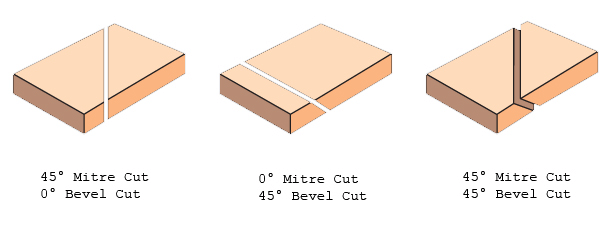
Reader Interactions